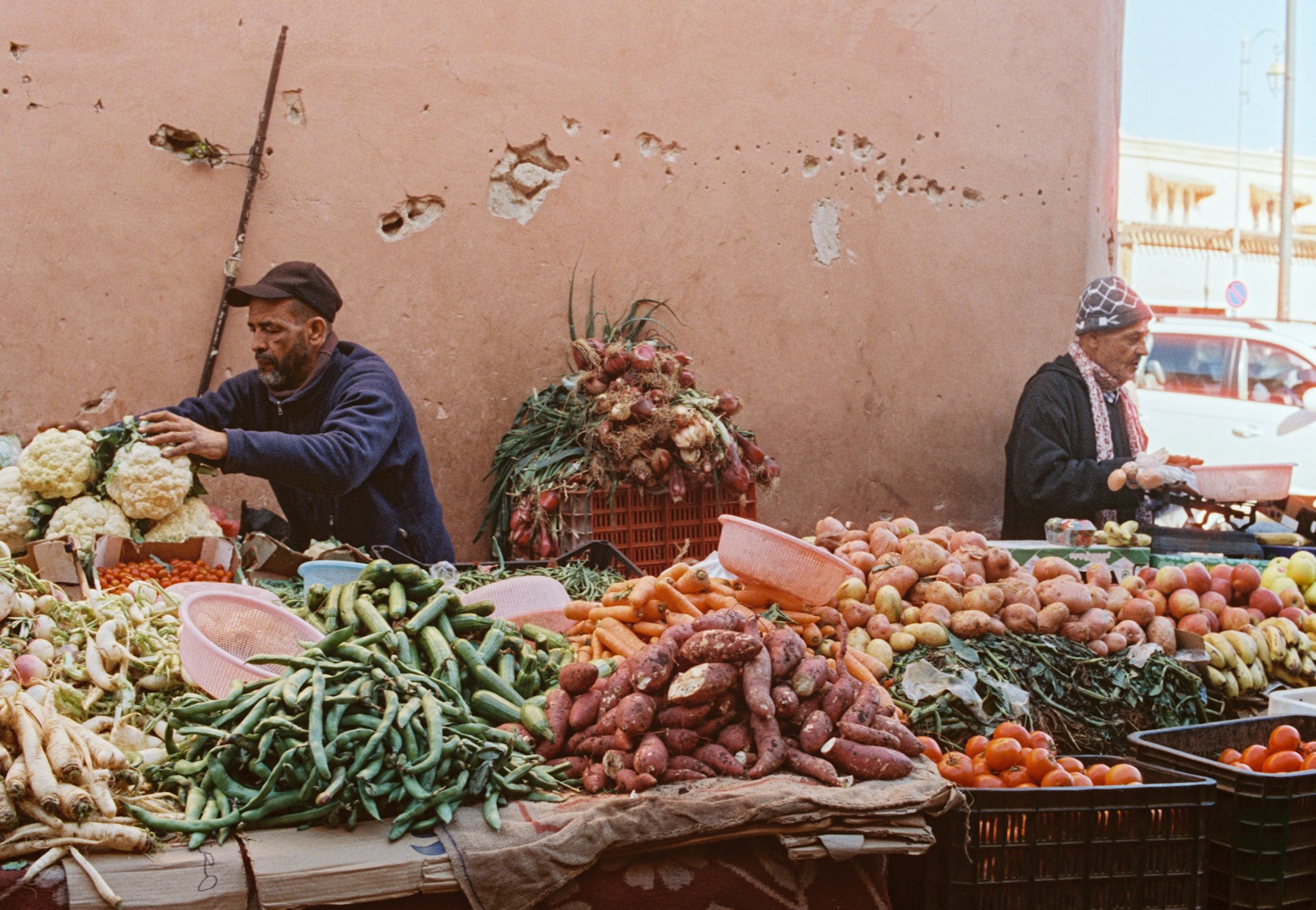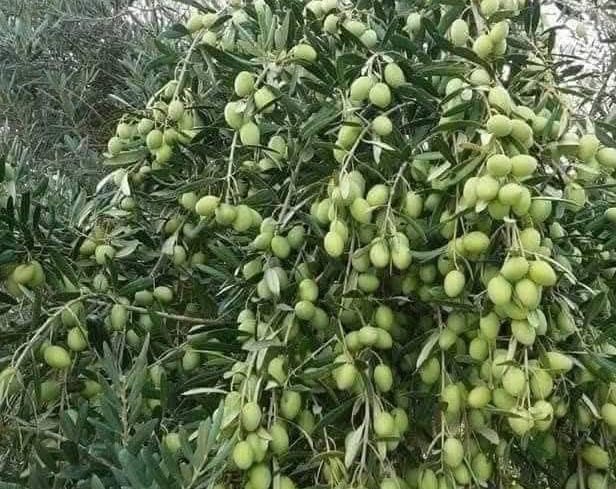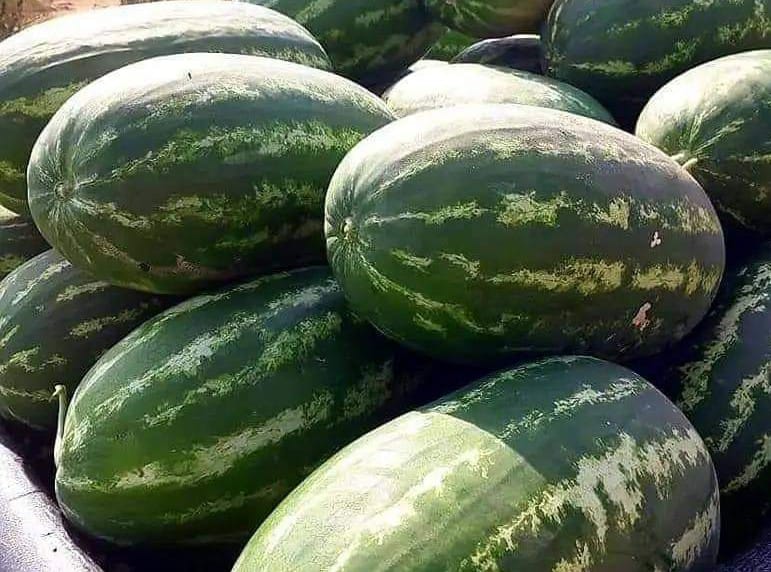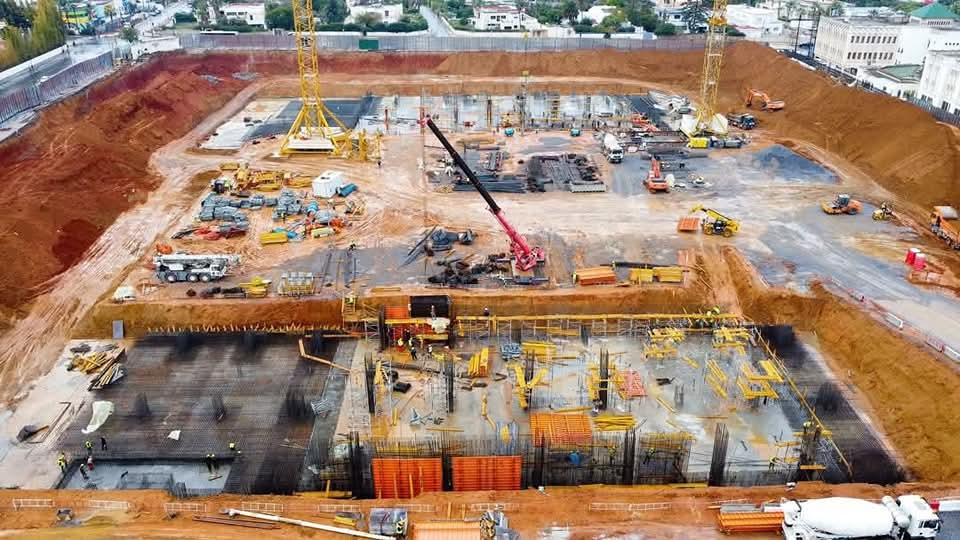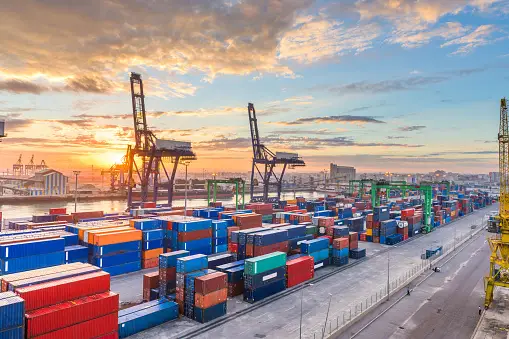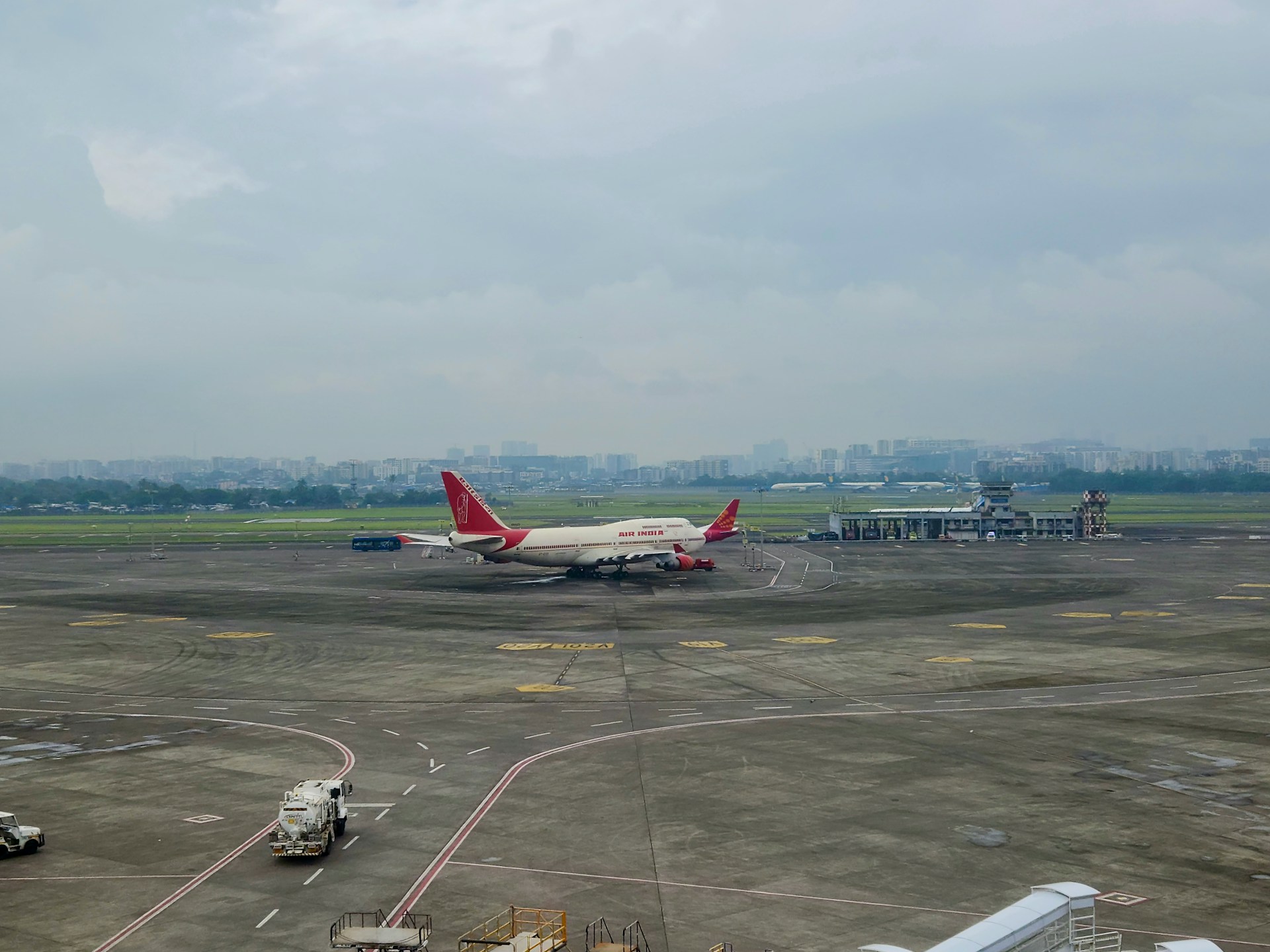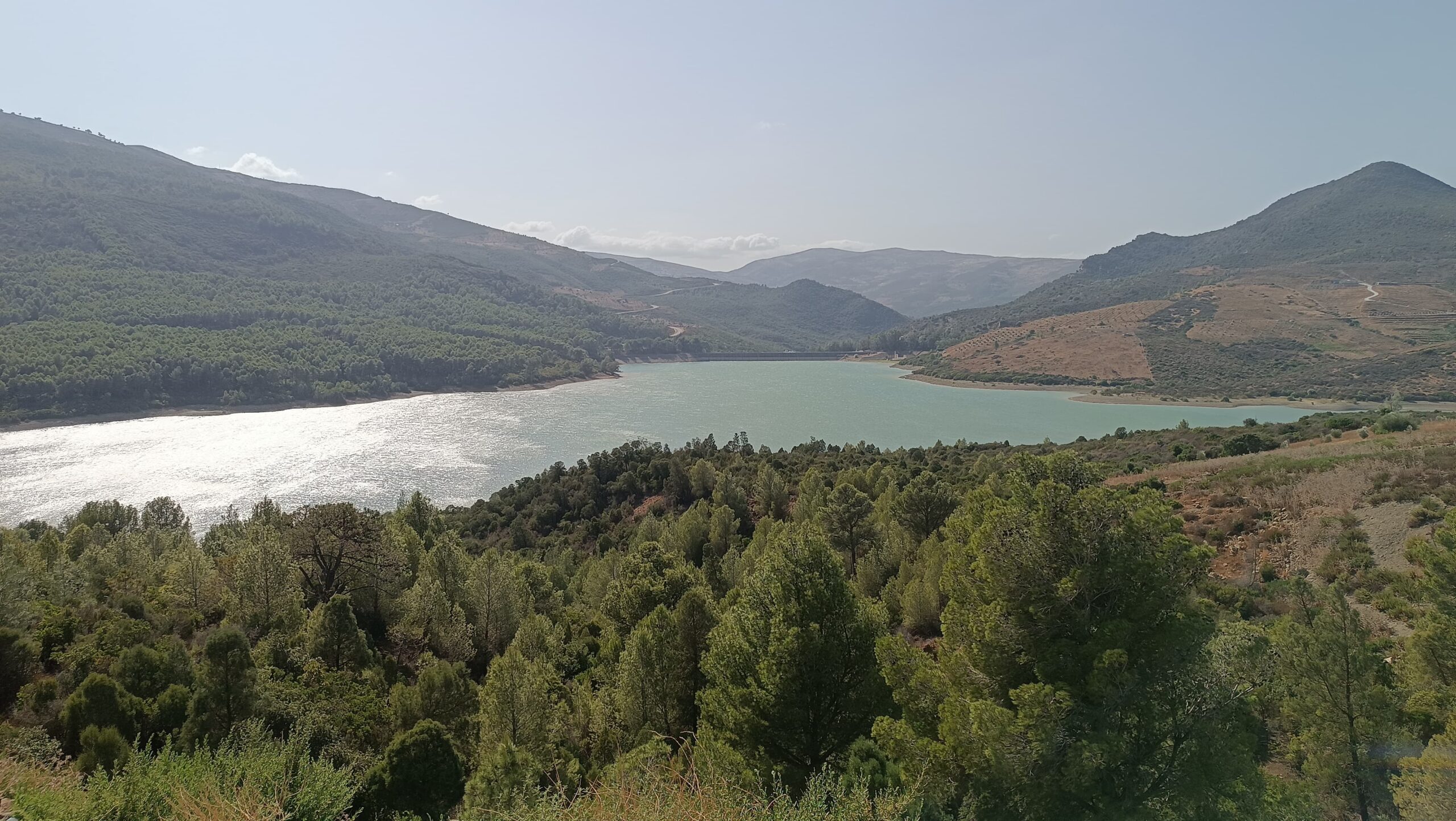Casablanca – Morocco’s agricultural sector is navigating one of its most complex seasons in recent years, as persistent water scarcity continues to weigh heavily on farming activities. Despite a significant drop in the share of dam water allocated to irrigation—down to just 8% this year—several key crops, notably olives, citrus, and dates, are recording remarkable yields that underscore the resilience of Moroccan agriculture amid climate stress.
According to data presented by Agriculture Minister Ahmed Bouari before the House of Representatives, the total budget for the Ministry of Agriculture, Fisheries, Rural Development, Water, and Forests for 2026 is set at $2.23 billion, with around $505 million directed toward operating expenses and staff, and approximately $1.7 billion dedicated to investment projects. This represents a modest 1.5% decrease compared to the previous year, largely due to the completion of the government’s Rural and Social Disparities Reduction Program, which had previously absorbed a significant portion of public spending in the countryside.
Severe water constraints
The minister highlighted that the country’s water balance remains under serious pressure, despite a slight improvement in rainfall compared to the previous agricultural year. The cumulative rainfall reached 318 millimeters, still below Morocco’s long-term average. Dam reserves currently stand at 4.33 billion cubic meters, equivalent to a 31% filling rate, up from 26% last year.
However, this improvement has not translated into relief for irrigation. During the past agricultural season, the volume of water dedicated to irrigated farming reached 947 million cubic meters, covering only 18% of annual needs. This year, the situation has deteriorated further. By early November, rainfall stood at barely 10.8 millimeters, marking a 70% deficit, while dam reserves have fallen to 3.9 billion cubic meters, or 28% capacity. The total amount of water allocated to irrigation has been reduced to 452 million cubic meters, covering only 8% of the sector’s requirements.
This situation, Bouari noted, “reflects the structural nature of Morocco’s water crisis, which requires a shift toward smarter, more efficient, and drought-resilient agricultural practices.”
Exceptional yields in tree crops
While rainfall shortages continue to challenge cereal production and livestock feed availability, Morocco’s fruit tree subsector is showing outstanding results. The olive crop, a cornerstone of the rural economy and one of the country’s most exported agricultural products, is expected to surpass 2 million tons in production this season—a 111% increase compared to last year.
This strong rebound is attributed to a combination of factors: improved weather conditions during critical growth phases, successful rehabilitation of orchards through state-supported programs, and the increasing use of drip irrigation and water-efficient technologies in major olive-growing regions such as Meknes, Taounate, and Marrakech.
The citrus sector is also performing beyond expectations, with production estimated at around 1.9 million tons, up 24% year-on-year. This result comes despite the progressive reduction of citrus-growing areas—from 125,000 hectares in 2020 to about 92,000 hectares today—due to the impact of drought and water shortages on irrigation-intensive crops.
Meanwhile, date production has recorded a 55% surge, reaching an estimated 1.6 million tons, thanks to timely rainfall in March, April, and May, which improved fruit development. This recovery is particularly significant for palm-growing regions, where date farming supports thousands of rural households and plays a crucial role in the preservation of oases threatened by desertification.
Balancing productivity and sustainability
Experts say Morocco’s current agricultural season illustrates both the fragility and adaptability of its farming system. The impressive fruit yields demonstrate the value of long-term investments in irrigation modernization, plant genetics, and crop diversification under the Green Generation 2020–2030 strategy, launched as a successor to the Green Morocco Plan.
However, analysts warn that the declining availability of surface water poses an escalating threat to the country’s food security and rural livelihoods. Morocco’s per capita water availability has dropped below 600 cubic meters per year, placing it well within the category of water-scarce nations. The government has therefore intensified the rollout of non-conventional water sources, including seawater desalination and treated wastewater reuse for agriculture.
In coastal regions such as Agadir and Casablanca, desalination projects are being expanded to secure irrigation for high-value crops and reduce dependence on dams, whose reserves are increasingly volatile. The ministry has also reinforced measures to encourage efficient irrigation systems, promote drought-tolerant crop varieties, and strengthen the resilience of smallholder farmers through targeted subsidies and training programs.
Outlook
While the ongoing drought remains a serious structural challenge, Morocco’s 2025–2026 agricultural outlook is not entirely bleak. The sector continues to display signs of transformation, shifting gradually from traditional, water-intensive farming toward a model that prioritizes efficiency, resilience, and export competitiveness.
If water conditions improve later in the season, the country could witness a more balanced performance across crops. In the meantime, the exceptional olive, citrus, and date harvests offer a crucial boost to rural incomes and agricultural exports—demonstrating once again that, even in the face of water scarcity, Morocco’s agriculture remains both strategically vital and remarkably adaptive.


